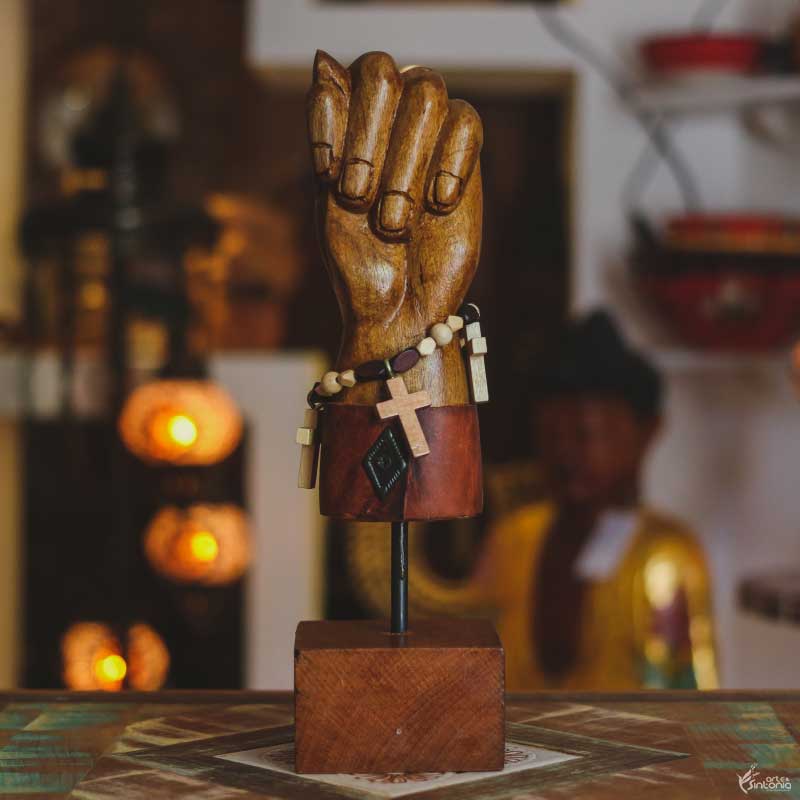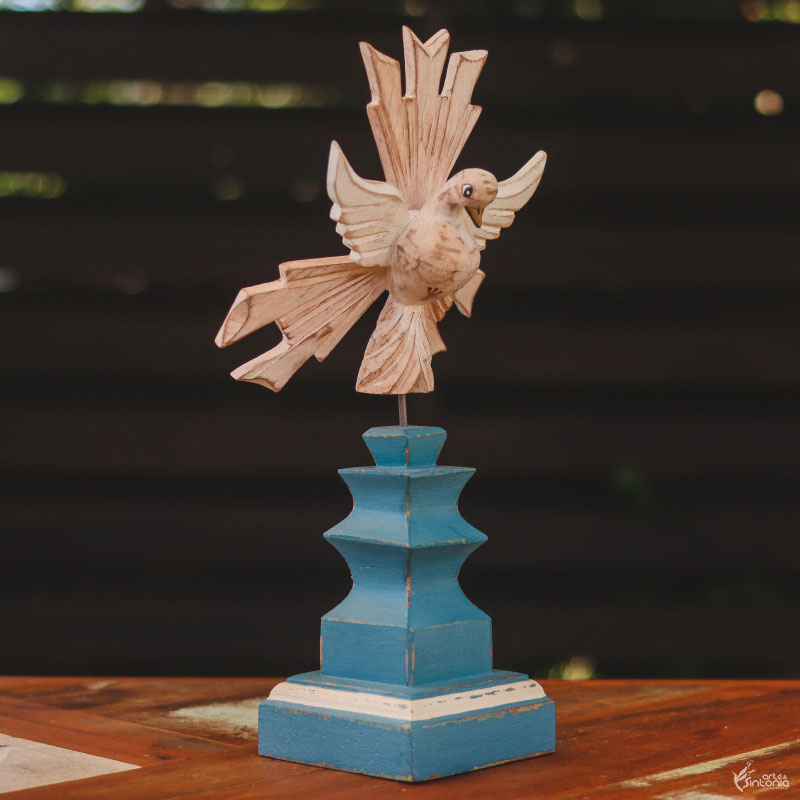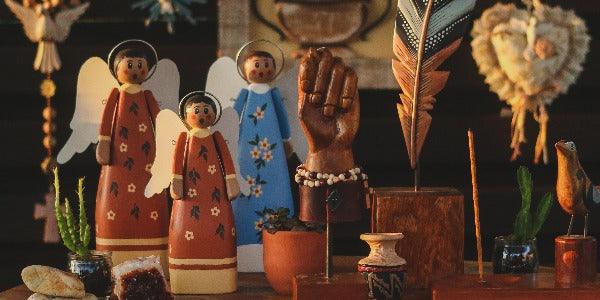When traversing the history of religions and their historical and cultural contexts, it becomes laborious to disconnect spirituality from art. In museums and religious monuments such as cathedrals, their relevance and connection with the teaching of doctrines are clear, expressly marked in the decoration of the buildings.
It is also not without foundation that the etymology of the word religion comes from the term religare , which symbolizes the human reconnection with the divine. It is manifested in its totality through the most different artistic expressions, moving spiritual contemplation to another plane.
Therefore, religious arts are those guided by contents of this nature using figures and representations, normally materialized in paintings, small sculptures and architecture, emphasizing the power of the decorative arts. and the setting of physical spaces (internal and external) to illustrate the divine, conquer and educate believers.
The relevance of Christian art, which is based on biblical texts, on the legacy of different cultures and at different moments in history, makes us choose it among the countless sacred arts ( Hindu , Buddhist , Islamic , native , etc.) as the focus of our research. poetic relationship between spirituality and interior decoration .
Sacred art and the first artistic styles

Christian decorative art is inspired by figures and symbols from biblical texts.
Since the Neolithic period, spiritual connection has been considered a relevant theme in artistic manifestations. Soon, the style of primitive art influenced the construction of Christian art that was established after the death of Christ, especially through sculpture . Its aspects were integrated into the style of Greco-Roman art that gradually harmonized with figures and passages from the Bible, creating a pattern.
The flourishing of new styles to represent Christian teachings such as the Romanesque, with emphasis on the frescoes in solid colors that adorned the walls of churches, and the Gothic, favoring expressive three-dimensional sculptures, also made it possible to materialize and naturalize the image of angels with wings and of the holy spirit .
Renaissance movement and the cult of images

The cult of religious images encouraged the creation of different styles of sacred arts.
Scenes from the Old and New Testament gospels began to be depicted in paintings and altarpieces in great detail during the Renaissance. Renaissance art, largely financed by the religious institution, gave rise to different forms of devotion such as the cult of images of saints and symbols of divine connection such as the crucifix .
Another characteristic of the period was the development of new themes centered on man, due to the anthropocentrism that gained prominence among the already traditional realistic biblical figures, such as the Holy Family – composed of Jesus , Mary and Joseph . Until then, they reinforced the catechetical character of medieval religious art and the dominion of the church over culture.
The realistic and stylized sculpture of religious images

Sacred art in realistic sculpture gave way to stylized ones respecting the splendor of the cult.
When Baroque art took shape, marked by the Counter-Reformation period, the sacred gained a scenic tone in opposition to Renaissance images. The figures were created with movement and drama, that is, with emotion to provoke emotions, reinforcing concepts such as the antagonistic heaven and hell.
Moments such as the Birth of Christ and the Crucifixion were created in free compositions and with finely crafted details, opening space, over the centuries, for artistic freedom in the 20th and 11th centuries. With the Second Vatican Council, ecclesiastical norms of adequacy to faith and religious laws were made more flexible and sacred art could be created in a stylized way respecting the intention of serving the splendor of worship.
Religious art and interior decoration

Religious art has become an important decorative element to create a warm atmosphere.
The creation and reproduction of sacred arts on a large scale or in artisanal productions, assuming smaller formats, transported the essence of spiritual connection characteristic of religious monuments to interior decoration. The particular mystical tone of Christian handicrafts became a comforting element, in addition to anchoring beauty and visual impact.
The sensation of comfort that they imprint on the environment and on our interior also comes from the predilection for raw materials that cause heat, such as wood, even if customized with colored paint or white patina. Handcrafted pieces, for example, masterfully achieve the warm aesthetic, especially if arranged together in a special corner for prayer.
There are no limitations of space or a suitable place if you want to give prominence to a single religious art, whether on wall decorations such as rosaries and the holy spirit glow , or on furniture , such as statuettes of angels and their pair of wings . It will depend on how meaningful the work is to you within the environment you choose. In our virtual store you will find inspirations for the most varied interiors!
Namaste!
Milene Sousa – Art & Tune










